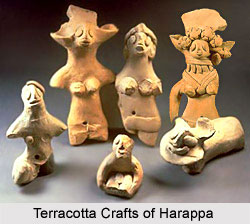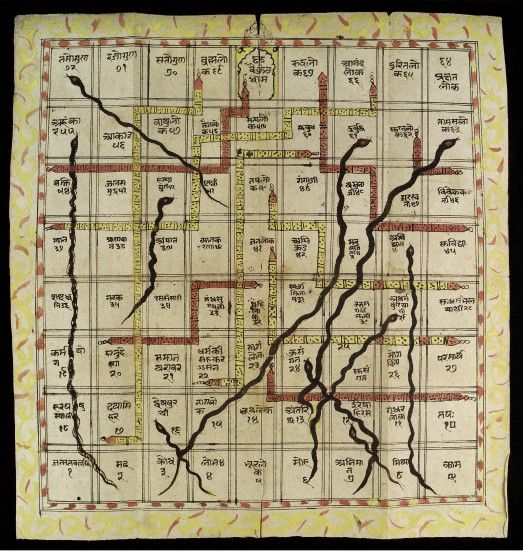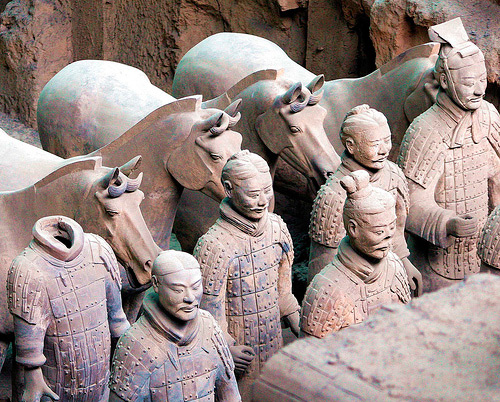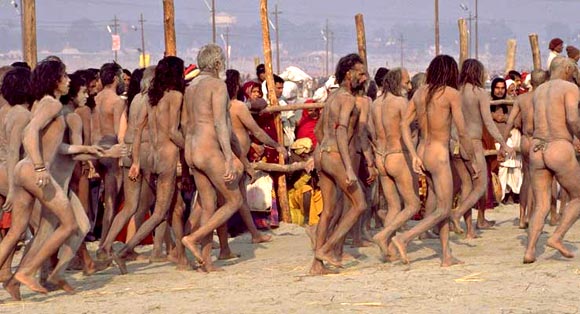That which endures... I have two instances to offer.
One from the south of India - of mantras and bird song. Frits Staal, while studying the mantras of Vedic rituals made the startling observation that they are proto-language in origin
And one from the north - of toys which endured in Harappa



One from the south of India - of mantras and bird song. Frits Staal, while studying the mantras of Vedic rituals made the startling observation that they are proto-language in origin
"in Vedic ritual, as in mantra recitation, the function of language is phonetic and syntactic, not semantic. This implies that neither ritual, nor mantras, should be regarded as a kind of language; for the primary semantic distinction, that between meaningful and meaningless, which is basic to language in all its uses, is absent from ritual and mantras."
"I also drew a further conclusion: syntax in language has a ritual origin, and language developed from syntactic structures to which meanings were added subsequently"
"..comparing it to bird songs, it was found that the patterns were similar and such patterns were not found any where else..."
http://www.jstor.org/pss/601529
And one from the north - of toys which endured in Harappa
Archaeologist Elke Rogersdotter, who was investigating the Bronze Age civilization at Harappa, has an interesting observation. Every 10th item found is related to play: dice, gaming pieces etc.
Repetitive patterns have been discerned in the spatial distribution, which may indicate specific locations where games were played.
“The marked quantity of play-related finds and the structured distribution shows that playing was already an important part of people’s everyday lives more than 4,000 years ago,” says Elke.
“The reason that play and game-related artefacts often end up ignored or being reinterpreted at archaeological excavations is probably down to scientific thinking’s incongruity with the irrational phenomenon of games and play,” believes Elke.“The objective of determining the social significance of the actual games therefore, in turn, challenges established ways of thinking. It is an instrument we can use to come up with interpretations that are closer to the individual person. We may gain other, more socially-embedded, approaches for a difficult-to-interpret settlement.”[Play was important - even 4,000 years ago]
http://varnam.nationalinterest.in/2011/02/harappan-toys/













